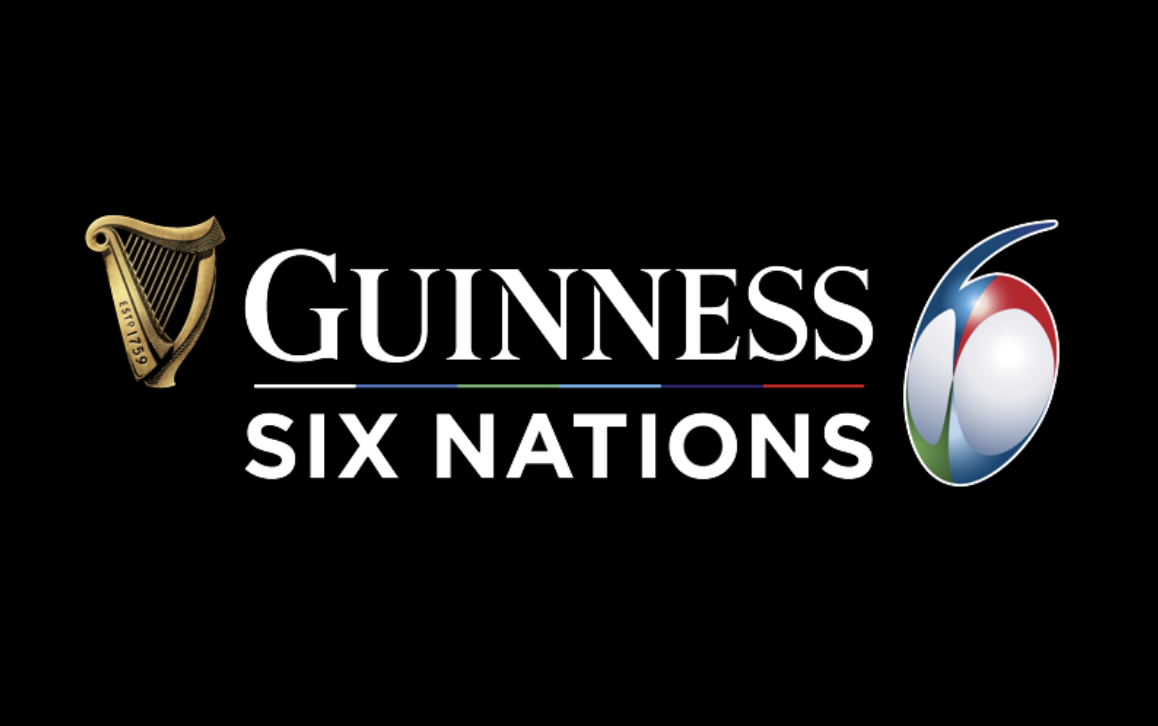PART 1: Featured Training
Sport-specific strength training programs are fundamental to an athlete’s development and success. It is now accepted that high levels of strength are a prerequisite to superior speed, power, strength endurance, injury prevention, joint stability and overall sporting performance.
It is vital that each level of rugby (school boys through to national) improve all aspects of strength and conditioning to allow players to have an acceptable base to step up to the next level. A study using rugby league players, ranging from junior high school to national level found that as the athlete becomes bigger and stronger with age and training experience, they also become stronger per kg of body mass. The trained junior high school, senior high school, college and national rugby league players are capable of lifting 102, 115, 124 and 148% of their body mass respectively in the 1RM bench press.
Given the fact that both Australian rugby union and league follow similar school age progressions and the national teams are both professional codes, ranked in the top 3 in the world, generalization can be justified in this context between the two.
So what is strength? Strength can be defined as the ability to apply force. Every athlete has performance qualities that can be enhanced by a strength programme. It is suggested these qualities, when trained, can determine our level of success in rugby.
The development of strength should be a central focus for any athlete committed to their rugby performance.
It is important to develop a general strength base and to then enhance this base with a sport specific regime. Furthermore, it is important that strength training exercises selected for a routine follow specific movement patterns and or/muscle actions involved in rugby.
When designing a strength-training programme, there can be an element of confusion due to the vast amount of exercise options available. It is important to utilize and evaluate the many options, which will include the best exercise option to meet your goals. Strength training programme design should be based around multi-joint and structural compound exercises. Appropriate exercise selection must involve the relevant musculature for the sport being trained to compete in, the primary and secondary movers for the sport, as well as the synergistic muscles critical for optimal performance.
This blog will introduce you to four basic upper-body dominant strength exercises. My next blog will focus on a number of lower-body dominant exercises, all of course are appropriate for rugby strength development.
PART 2: Player Introduction
 Demonstrating these exercises is a young talented rugby league player, Callum Mulkeen.
Demonstrating these exercises is a young talented rugby league player, Callum Mulkeen.
Callum has recently had a debut for the Ireland A Rugby League team and currently plays his club rugby at Oldham Roughyeds (Championship One).
He is a natural athlete and as I have only just begun to work with him through the University of Gloucestershire Rugby League set up.
I am looking forward to watching him develop further as a player.
Callum will help me to demonstrate all of the strength training exercises below. Please pay attention to his form throughout the exercises.
PART 3: Training Techniques
Correct lifting technique is incredibly important. In my experience as a coach, I have met a number of athletes that hold a misconception with strength training and partake in heavier lifts rather than correctly performed lifts. Developing and maintaining the correct movement pattern is essential in order to reach your maximum potential!
These exercises are not selected in order of importance but as a select example of some of the relevant rugby strength exercises you can carry out this summer in your gym.
1. Standing behind neck press
This exercise is best performed inside a squat rack, enabling the athlete to step under the bar and safely get into the starting position for the lift. The bar should be placed on the back of the athlete’s shoulders, slightly below the neck.
Once away from the rack, the athlete should position their feet roughly shoulder width apart, in a position they would normally vertical jump from. With the athlete keeping their back straight the barbell is elevated overhead by fully extending the arms.
Throughout this movement, I encourage my athletes to use some leg drive and make this a full body movement. Once at the top of the movement, slowly lower the barbell back down to the starting position, controlling the eccentric load.
2. Bench press
Despite taking some criticism for not being the most rugby specific exercise, the bench press is a great strength development exercise for the upper body and is particularly beneficial for enhancing the pushing patterns used in rugby. This exercise is a great starting point for anyone partaking in strength training and its use among professional clubs provides a justified rationale for including it in your training programmes.
In terms of carrying out this exercise, firstly ensure the athlete is laid flat back on the bench press with their feet firmly planted to the floor (driving through the heels). The athletes grip should ensure there is an equal balance between both sides of the body and their shoulders should be retracted down onto the bench, pushing the pectoral girdle up and allowing for better stimulation across this muscle group.
Once the bar is off the rack at the top of the movement, the bar should be lowered in line with the nipple area of the chest, with the elbows being kept outward from the trunk of the athlete’s body. At no point should the athlete be bouncing the bar off their chest. Instead, they should be controlling the bar fully and utilizing the eccentric loading pattern to its full advantage with the bar being lowered to just above the chest. For those completely new to this exercise there will be an element of instability and it will take time for the necessary neural adaptations to occur in order for them to become efficient in the lift. When pressing the bar up to the top part of the lift, ensure the athlete’s body remains flat on the bench.
3. Chin-ups
As I have previously mentioned in some of my other blogs, rugby involves a lot of upper body pulling and grappling movements, chin-ups help improve upper body pulling strength. The load can be increased by adding dumbbells between the athlete’s legs or decreased by using bands. In this example, Callum is demonstrating a bodyweight chin up.
The movement pattern itself is fairly self-explanatory and will use a number of back, core and arm muscles. It is important to ensure the athlete’s body remains straight when performing the basic lift. With regards to grip positioning, the hands should be positioned roughly shoulder width apart, however by altering the grip width it is possible to work various muscles more than others, for example a very narrow grip will isolate the biceps.
4. Upright row (High pulls)
The upright row is a compound exercise utilizing multiple joint actions and therefore multiple muscle groups. This exercise places key emphasis on the upper trapezius and deltoids when the shoulder girdle is raised. Shoulder work is essential for rugby!
One key consideration with this movement is the amount of medial and internal shoulder rotation. This action creates a fairly large amount of torque within the shoulders, and so if the athlete does experience any form of shoulder pain, firstly, speak to your club physiotherapist and secondly, shrugs can be a great alternative for working this area.
When performing the exercise, the athlete’s feet should be roughly shoulder width apart with the weight resting across the thighs. Sometimes it is beneficial to have the athletes perform this movement almost like a high pull, incorporating leg drive and therefore making the movement even more rugby specific (shown in this example).
In the start position, the shoulders should be retracted back, with the chest pushed out (in a solid upper body position for making a tackle). When pulling the bar up, firstly ensure there is no pre-movement; here you can see Callum moved slightly prior to the movement, from a coaching point the movement should be explosive from a static position. This is something he is more than capable of doing and once pointed out he immediately stopped the pre-movement. At the top of the movement the athlete’s elbows should be higher than their hands, then slowly lowering the bar down to full arm extension.
If you want to isolate the movement then you can ensure there is no lower body incorporation and the athlete can start from a normal standing position.
PART 4: Conclusion
I hope you have enjoyed this insight into some of the basic strength exercises you can use for your upper body. Please continue to keep in touch via email; it has been great to have feedback and questions from you all. I am always willing to help out where I can.
The next blog will show you some of the exercises you can use for lower body strength development and furthermore we have lots of exciting things to come your way!
I look forward to hearing from you: Jack@findrugbynow.com








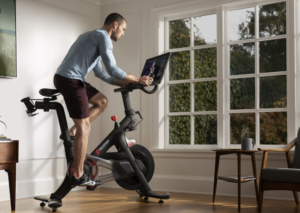 When most people hear the word “Peloton” they think of an expensive black bike with shiny red buttons and that controversial commercial where the husband gifted his wife a Peloton for Christmas.
When most people hear the word “Peloton” they think of an expensive black bike with shiny red buttons and that controversial commercial where the husband gifted his wife a Peloton for Christmas.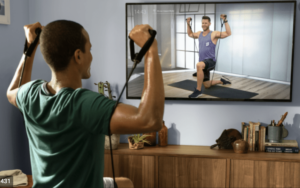 If the app interests you, Peloton is currently offering a 30 day FREE TRIAL, so why not give it a try? Check it out
If the app interests you, Peloton is currently offering a 30 day FREE TRIAL, so why not give it a try? Check it out 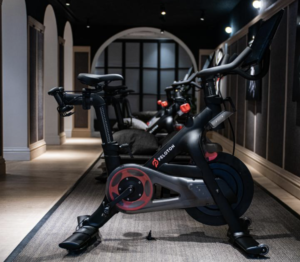
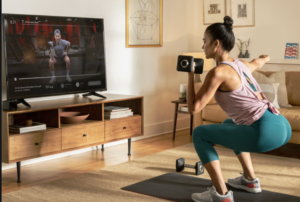
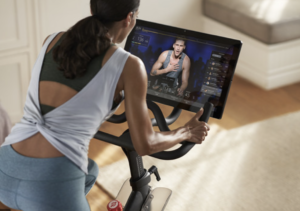 This article would not be complete, however, if we did not acknowledge some of the delivery issues that have been plaguing Peloton over the last year. Most of the delivery issues seem to affect U.S. deliveries, however, the UK deliveries have been affected as well.
This article would not be complete, however, if we did not acknowledge some of the delivery issues that have been plaguing Peloton over the last year. Most of the delivery issues seem to affect U.S. deliveries, however, the UK deliveries have been affected as well.











